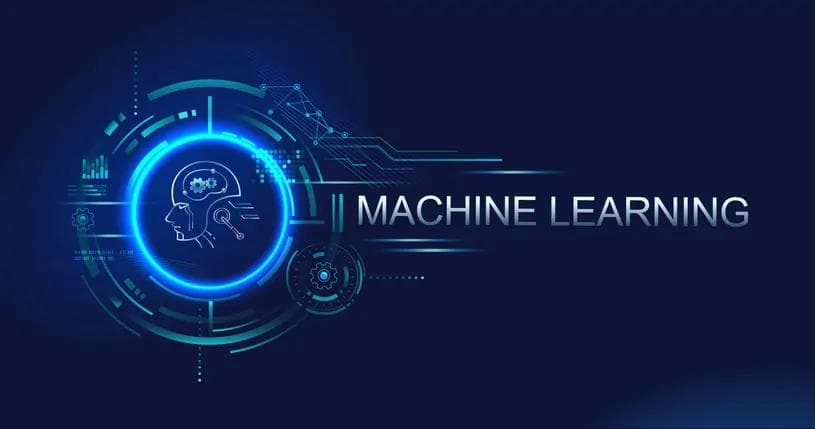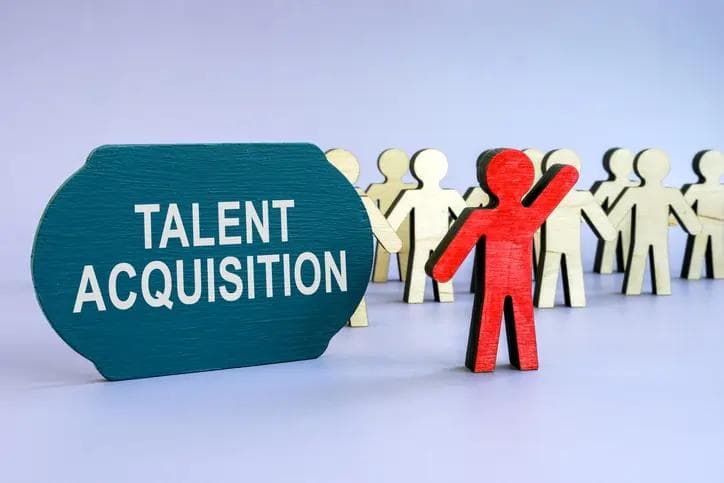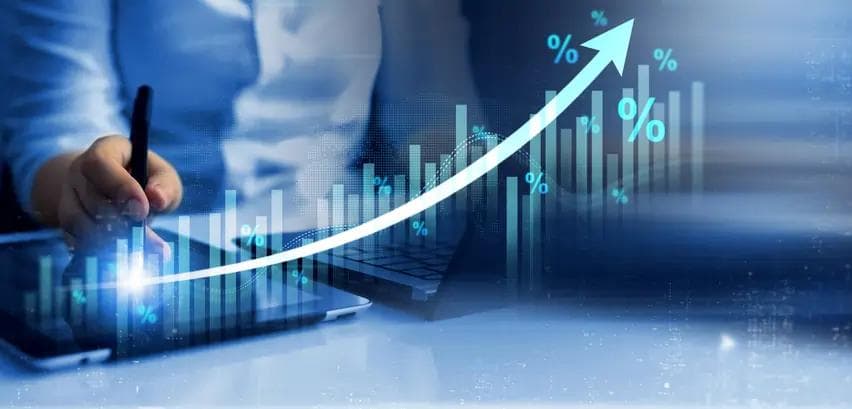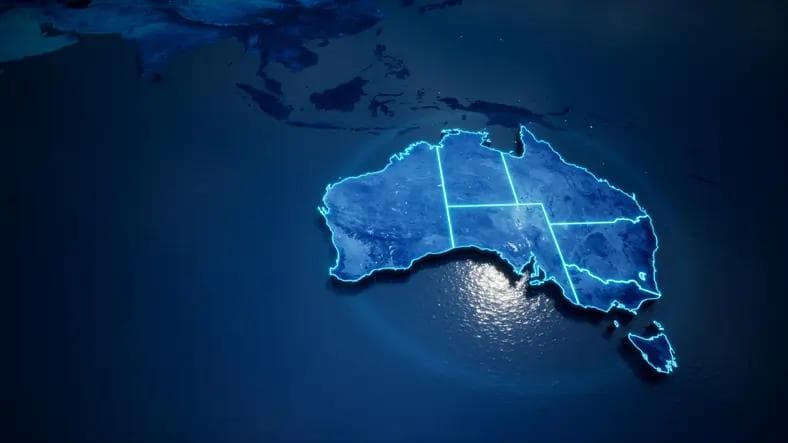Personal Finance in 2025: Adapting to Uncertainty & Innovation
Personal Finance in 2025: Adapting to Uncertainty & Innovation
Published by Jessica Weisman-Pitts
Posted on March 11, 2025
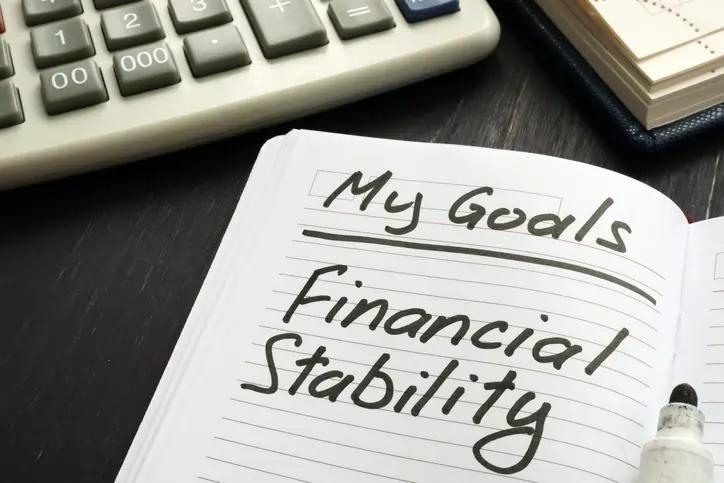
Published by Jessica Weisman-Pitts
Posted on March 11, 2025

Americans are starting 2025 with a new financial mindset, adapting to economic uncertainty with more strategic money management. Economic uncertainty has pushed consumers to rethink traditional saving and spending habits, prioritizing resilience over routine financial decisions. Forbes highlights a growing trend: people are scrutinizing every dollar, responding to inflationary pressures, fluctuating interest rates, and shifting job markets. As financial behaviors evolve, the latest economic indicators paint a picture of both caution and optimism—revealing a nation adapting to new financial realities.
Latest Economic Indicators and Consumer Behavior (March 2025)
Consumer behavior in early 2025 reflects a nation navigating financial uncertainty. Reuters reports that consumer spending fell by 0.2% in January—seemingly minor, but significant given that consumer spending drives more than two-thirds of U.S. economic activity. Millions of Americans are reassessing their financial priorities, tightening their budgets, and delaying discretionary purchases.
Yet, an interesting contradiction emerges: while spending has slowed, expectations remain optimistic. The New York Fed reports that households anticipate a 5.0% increase in their spending over the next year—slightly above the twelve-month average. This suggests that despite current caution, consumers are hopeful about future financial stability, possibly driven by wage growth, easing inflation, or improved economic conditions later in the year.
However, challenges persist. Experian highlights that inflation continues to rise, consumer confidence has hit a four-year low, and the suspension of income-driven repayment plan applications is leaving many borrowers scrambling for alternatives. These aren't just abstract economic indicators—they directly shape how people pay their bills, plan their futures, and navigate financial uncertainty.
The Digital Revolution in Banking and Payments
The way Americans interact with money is evolving at an unprecedented pace. Digital payments are no longer just a convenience—they’ve become the norm. JP Morgan reports that an astonishing 92% of U.S. consumers used digital payment methods in the past year, underscoring a major shift in financial habits.
One of the biggest disruptors in 2025 is Apple’s decision to open its NFC (near-field communication) ecosystem to third parties, a move that will reshape the digital payments landscape. The Financial Brand reports that after years of restricting NFC access to Apple Pay, Apple confirmed in July 2024 an agreement with the EU to allow third-party providers access to its NFC technology. This change has since expanded to major markets including the U.S., the UK, Canada, Japan, and Australia. The result? A surge in competition, as players like PayPal and Curve prepare to launch NFC-based payment solutions for iPhones. The change could also break traditional ecosystem barriers, potentially enabling Google Wallet and Samsung Wallet to function on Apple devices for the first time.
Beyond existing digital wallets, this shift opens opportunities for credit card providers to create branded wallet solutions and for retailers to move from QR-based payments to NFC transactions. Banks also face both challenges and opportunities—those that act quickly could launch their own issuer-specific wallets to retain customers, while those that delay may lose market share to fintech competitors.
As digital payments become dominant, consumer expectations are shifting. Speed, security, and seamless cross-platform compatibility are no longer optional. With competition heating up, the future of digital wallets will be shaped by who can offer the most seamless and innovative payment experiences.
Current Financial Literacy Challenges
One of the biggest financial challenges in 2025 isn’t just inflation or economic uncertainty—it’s financial literacy, or the lack thereof. The World Economic Forum reports that U.S. financial literacy rates have stagnated at around 50% for eight years, with a recent 2% decline. At a time when financial decisions are more complex than ever, this knowledge gap leaves many consumers vulnerable to costly mistakes.
The consequences are already visible in household finances. WalletHub reports that the average U.S. household carries $149,358 in debt, including $9,706 in credit card debt. Without strong financial literacy skills, many individuals struggle to navigate interest rates, repayment strategies, and long-term planning, often leading to cycles of debt. With economic pressures rising, the need for financial education has never been greater
Emerging Payment Trends
Payment technology is evolving rapidly, reshaping how consumers and businesses interact with money. The Payments Association identifies several key trends defining 2025: digital wallets are becoming as common as physical ones, Buy Now, Pay Later (BNPL) services are reshaping retail financing, and artificial intelligence (AI) is making financial services more personalized than ever.
BNPL’s rise has made financing more accessible, allowing consumers to split purchases into smaller payments. However, concerns about rising debt levels are growing. According to the Consumer Finance Law Monitor, recent research highlights that BNPL users often accumulate higher balances on other forms of unsecured credit, including credit cards and personal loans. On average, BNPL borrowers hold $22,163 in monthly unsecured consumer credit, with BNPL purchases making up 17% of their total unsecured debt in the months they borrow. This trend raises questions about whether BNPL is promoting financial flexibility—or fueling unsustainable debt.
Meanwhile, AI is transforming financial services, improving fraud detection, risk assessment, and personalized budgeting tools that help consumers better manage their money. These innovations aren’t just about convenience—they reflect shifting consumer expectations. People now demand seamless, secure, and personalized financial experiences, pushing banks and fintech firms to innovate at an accelerated pace.
Consumer Response to Economic Pressures
Consumers are responding to growing economic pressures with cautious spending and financial recalibration. The Federal Reserve’s Beige Book reports a significant pullback in consumer spending since mid-January, as rising costs continue to weigh on household budgets. Consumers are focusing more on essentials, delaying major purchases, and prioritizing savings amid economic uncertainty.
Comerica Bank describes the economy as hitting an “air pocket” in January—a slowdown driven by persistent inflation and weakened consumer confidence. Meanwhile, new tariffs are expected to keep inflation above the Fed’s target throughout 2025, further squeezing disposable income. These pressures are forcing many consumers to rethink their financial priorities, adjust spending habits, and search for greater financial stability
Important Financial Dates and Changes
Several key financial events in 2025 will directly impact consumers' budgets and financial plans. MoneyWeek highlights major changes set for March, including rail fare increases, a pivotal Monetary Policy Committee meeting, the Spring Forecast, and the end of the stamp duty holiday.
Public transportation users should prepare for higher commuting costs, as rail fare increases are expected to outpace wage growth. Meanwhile, the upcoming Monetary Policy Committee meeting could signal critical changes in interest rates, affecting mortgage rates, credit cards, and loan affordability. The end of the stamp duty holiday may also prompt a rush in property transactions, potentially shifting homebuying trends.
For consumers, staying ahead of these financial changes will be key to navigating inflationary pressures and making informed financial decisions in 2025
The Future of Personal Finance & Consumer Goals
The way people manage their money is evolving alongside rapid technological advancements. Mastercard predicts that blockchain technology will revolutionize payment speed and security, while AI-driven financial tools will enhance fraud detection, customer service, and personalized financial planning. These innovations are reshaping how individuals spend, save, and invest, offering new opportunities to build financial security.
At the same time, consumer priorities are shifting. A report from The Fool finds that 69% of Americans have set financial resolutions for 2025, reflecting a strong commitment to financial improvement. However, QuickBooks highlights a critical gap—42% of small business owners started their ventures with limited or no financial literacy. This imbalance between ambition and preparedness underscores the importance of accessible financial education and smarter financial decision-making.
Despite economic uncertainties, Equifax reports that consumer confidence is gradually stabilizing. Yet, ongoing challenges—rising costs, changing spending patterns, and growing debt—mean that financial success in 2025 will depend on a blend of adaptability, technological savvy, and financial knowledge. As new tools make managing money more efficient, the key to financial well-being lies in leveraging these innovations while staying informed and strategic.
Looking Forward: The Future of Personal Finance
The way people manage their money is evolving alongside rapid technological advancements. Mastercard predicts that blockchain technology will revolutionize payment speed and security, while AI-driven financial tools will enhance fraud detection, customer service, and personalized financial planning. Meanwhile, FirstBank envisions AI becoming central to everything from customer service to fraud detection—a shift that promises to make financial services more accessible and secure. These innovations are reshaping how individuals spend, save, and invest, offering new opportunities to build financial security.
At the same time, consumer priorities are shifting. A report from The Fool finds that 69% of Americans have set financial resolutions for 2025, reflecting a strong commitment to financial improvement. However, QuickBooks highlights a critical gap—42% of small business owners started their ventures with limited or no financial literacy. This imbalance between ambition and preparedness underscores the importance of accessible financial education and smarter financial decision-making.
Despite economic uncertainties, Equifax reports that consumer confidence is gradually stabilizing. Yet, ongoing challenges—rising costs, changing spending patterns, and growing debt—mean that financial success in 2025 will depend on a blend of adaptability, technological savvy, and financial knowledge. As new tools make managing money more efficient, the key to financial well-being lies in leveraging these innovations while staying informed and strategic.
Explore more articles in the Trends category






